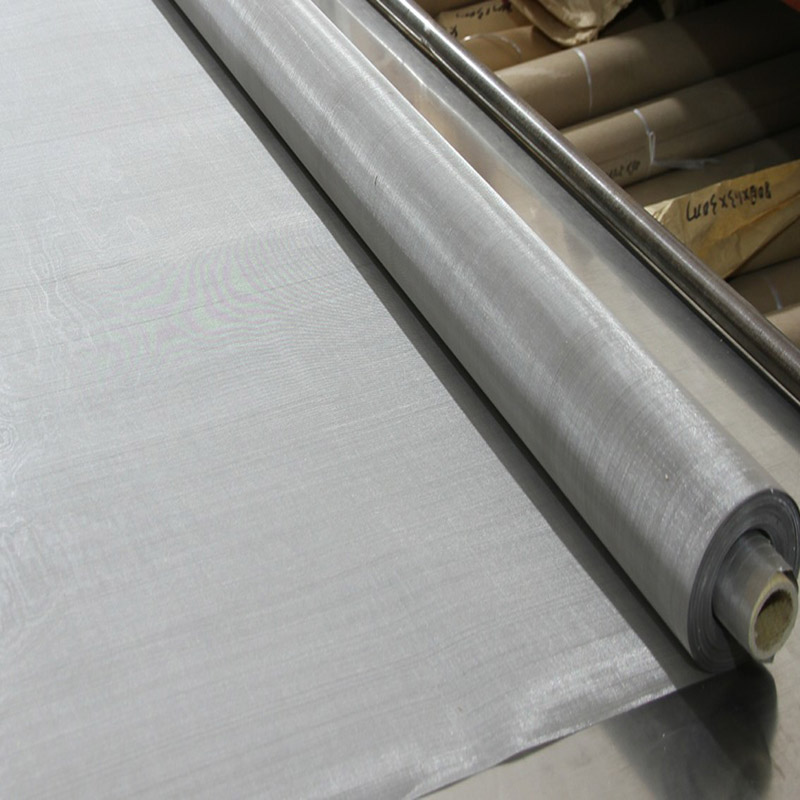-
+86 15030157877
-
sales@galvanizedmetalmesh.com
නොවැ. . 29, 2024 10:27 Back to list
Temporary Fencing Solutions for Construction Sites and Industrial Facilities
The Importance of Temporary Fencing for Construction Site Factories
In the world of construction, safety and security are paramount. Whether you are building a commercial skyscraper or a residential home, it is crucial to protect both the workers on-site and the surrounding community. Temporary fencing has become a vital aspect of construction site management, offering numerous benefits that enhance safety protocols and operational efficiency. This article explores the importance of temporary fencing for construction site factories, highlighting its features, benefits, and best practices for implementation.
Defining Temporary Fencing
Temporary fencing refers to portable barriers that are installed around a construction site to delineate the area and restrict unauthorized access. Typically made from durable materials, such as steel or high-density polyethylene, temporary fences come in various designs, including chain-link, mesh, and panel systems. These fences are designed to be easily installed and removed, making them a flexible solution for dynamic construction environments.
Enhancing Safety
One of the primary reasons for installing temporary fencing at construction sites is to enhance safety. Construction sites can be hazardous due to heavy machinery, unguarded edges, and exposed materials. A well-installed temporary fence helps prevent accidents by restricting access to individuals who are not authorized to be on-site, including children and pedestrians. By clearly marking the boundaries of the construction area, the risks of injuries from falls, collisions, or exposure to dangerous equipment are significantly reduced.
In addition to deterring unauthorized personnel, temporary fencing also provides a physical barrier to keep equipment and materials secure overnight or during off-hours. This is particularly important in urban areas where theft and vandalism can be prevalent. A sturdy fence not only acts as a deterrent but also offers peace of mind to property owners and project managers, knowing that their assets are protected.
Compliance with Regulations
Temporary fencing is often a requirement mandated by local regulations and building codes. Many municipalities require construction sites to be fenced for safety and liability reasons, particularly in densely populated areas. Compliance with these regulations not only avoids potential fines but also demonstrates a commitment to safety standards and responsible project management. By ensuring that a site is properly fenced, companies can avoid legal repercussions and bolster their reputation in the community.
Aesthetics and Professionalism
temporary fence for construction site factories

In addition to safety and compliance, the presence of temporary fencing can enhance the overall aesthetic of a construction site. A well-maintained fence can convey a sense of professionalism and order, which is beneficial for public perception. Construction sites that appear organized and secure tend to elicit more trust from the community and local authorities. Furthermore, temporary fencing can be branded with company logos or messaging, turning a safety measure into a marketing opportunity.
Best Practices for Installation and Maintenance
To maximize the benefits of temporary fencing, several best practices should be followed during installation and maintenance
1. Choose the Right Type of Fencing Depending on the site’s specific needs, choose fencing that is durable and suitable for the project's scale. Chain-link fences offer strength and visibility, while mesh options can provide additional privacy.
2. Proper Installation Ensure that the fence is installed correctly to withstand environmental factors such as wind and rain. Secure the fencing firmly into the ground to prevent it from being easily dislodged.
3. Regular Inspections Conduct periodic inspections of the fencing to check for any damages or loose sections. Maintaining the integrity of the fence is crucial for ongoing safety and security.
4. Clear Signage Alongside the fence, it is advisable to display clear signage that warns against trespassing and outlines safety precautions. This can help to inform the public about the potential hazards associated with the construction site.
5. Engage with the Community Keep lines of communication open with local residents and businesses during construction, addressing any concerns they may have regarding safety and access.
Conclusion
In conclusion, temporary fencing is an essential component of construction site management. By promoting safety, ensuring compliance, and creating a professional appearance, temporary fencing helps to protect not only the workers on-site but also the surrounding community. By following best practices for installation and maintenance, construction firms can effectively implement temporary fencing to facilitate a more secure and organized work environment.
-
High-Quality Security Window Screen Mesh for Home & Office Protection
NewsJul.24,2025
-
Hexagonal Gabion for River Bank Protection and Retaining Walls
NewsJul.23,2025
-
Chain Link Fence-HEBEI WEICHUN WIRE MESH TRADE CO.,LTD.|durable fencing solutions&secure perimeter protection
NewsJul.23,2025
-
High Quality Stainless Steel Wire Mesh Roll & Supplier Wholesale Price
NewsJul.22,2025
-
Hexagonal Gabion Mesh: Durable Stone Cages for Landscaping
NewsJul.22,2025
-
Premium Black Brick Welded Mesh - High Strength & Corrosion Resistant
NewsJul.21,2025



